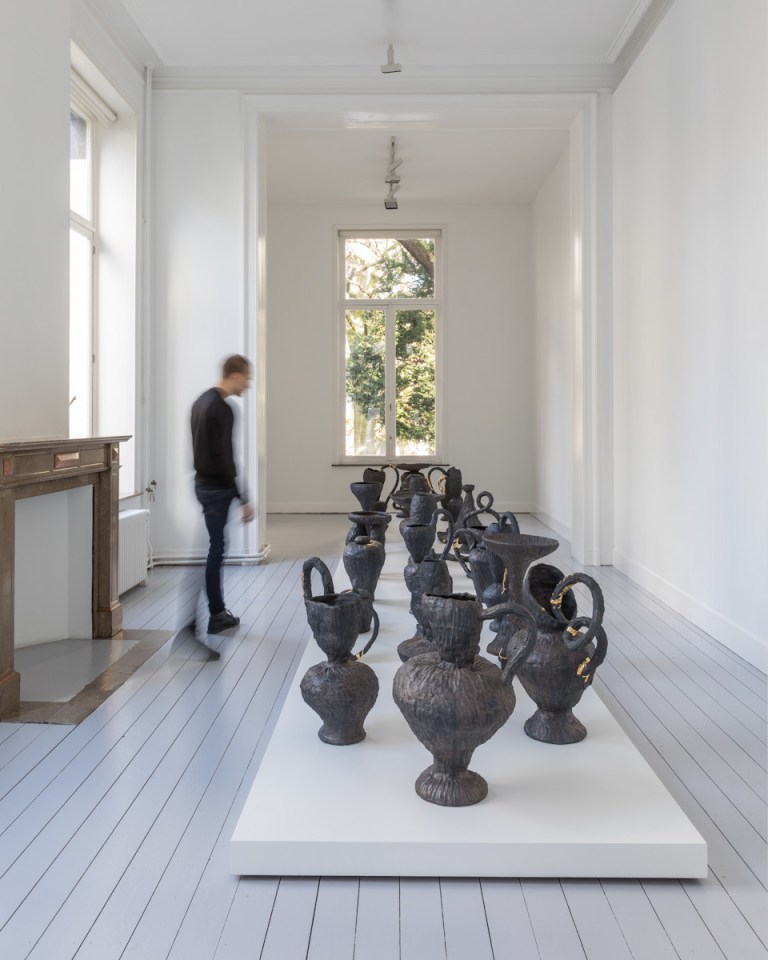

Yesterday I worked on the idea of creating a porcelain sculpture that lets light pass through. On a small scale the above form worked well and looks elegant, but on a large scale I felt that it may present as impressive but boring. I would be reproducing, more or less, the form on a larger scale which would be more of an engineering problem than artistic one. It is the sort of thing one would pass on to technicians.
The conversation I have been having with Taiyo comes to mind, in which I made a distinction between interest, meaning and significance. On a large scale I feel the skeletal form, shown beneath, may be more interesting. By this I mean that it may engender a greater curiosity, catalyse more questions. This would be more in keeping with the idea of layered interpretations I have talked about in the project proposal: to open out rather than enclose the narrative.
Both approaches are valid. This is yet another example of my dialectic between the rational and the emotional. If I were to go with the more recent idea, it would present different technical problems and perhaps lead to new discoveries. I have never worked like this. In the end, on a large scale, the degree of detail possible offers a perhaps more interesting making experience. One in which I learn new things. After all, I could also show the sleek model as an idealisation in contrast to the reality; much in the way that religions work and can give rise to ambitious and magnificent sacred art. Distant from every day life.
I also feel that the ‘skeletal’ piece, apart from being potentially lighter and easier to display, is more visceral, closer to the ethnographic artefacts that so engage me. Made using simple technology that challenges the skill base of the maker to bring together the spiritual and the everyday, the imagination and the earthy, the touchable essence of material.
I could argue that the earlier approach transcends the everyday into a different plane of existence, belief and imagination, but is the narrative I am building not based on the immediacy of a world that is beyond my grasp and yet I feel is ever present? Should this immediacy not be reflected in the process; a directness of making that the earlier approach would occlude by virtue of its aesthetic form and finish? However, if I am to keep the sense of preciousness of a sacred object, making the piece in porcelain would be enough to transcend the conceptual content. I am stepping into both domains, is that not how belief works, constantly moving between reality and the ideal? What is the relationship between reality and the ideal, are they entangled or separate, joined only in our minds?
The entanglement of sound and material I propose is better served by the skeletal form in relation to low frequencies: more permeable, affected, conjoined.
If I am to go with my current inclination, does the final form need to be what it is now? Does this form of making not invite an exploration of new dispositions of parts and indeed change the whole character of the work. This brings me in conflict with time. I have only so many months to draw the form, make, fire, finish and mount. Do I have the time to do this with everything else I need to do?
Over the next few days I shall experiment with some ideas and see where that takes me. What I want to avoid is indecision during making, that would slow the whole process. In the meantime I can continue with other works and keep an open mind. I hope to have something more definitive before December which would give me realistically, six months in which to complete the work.














